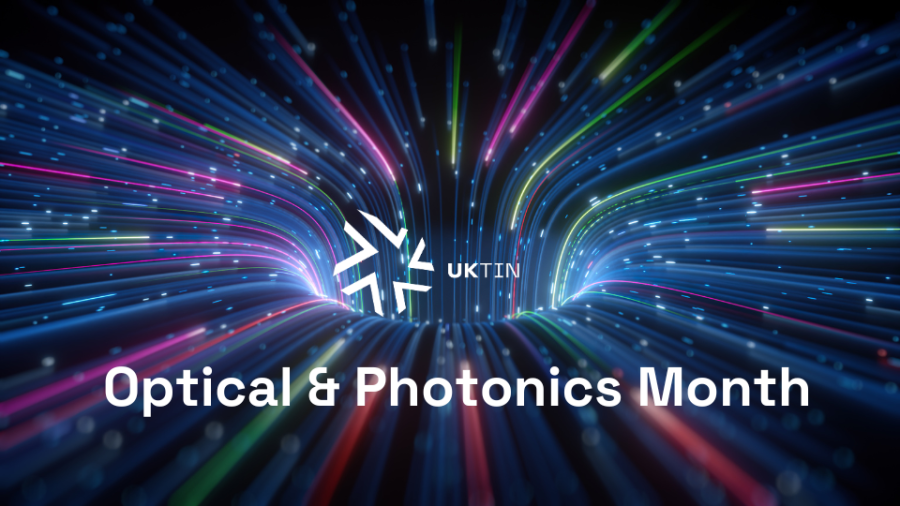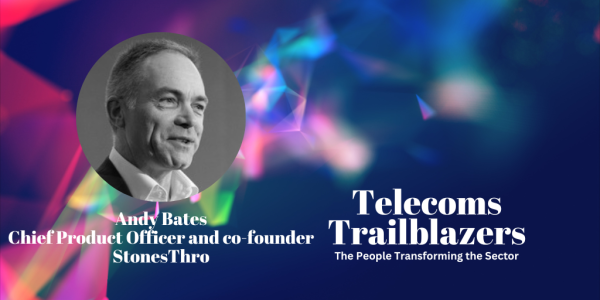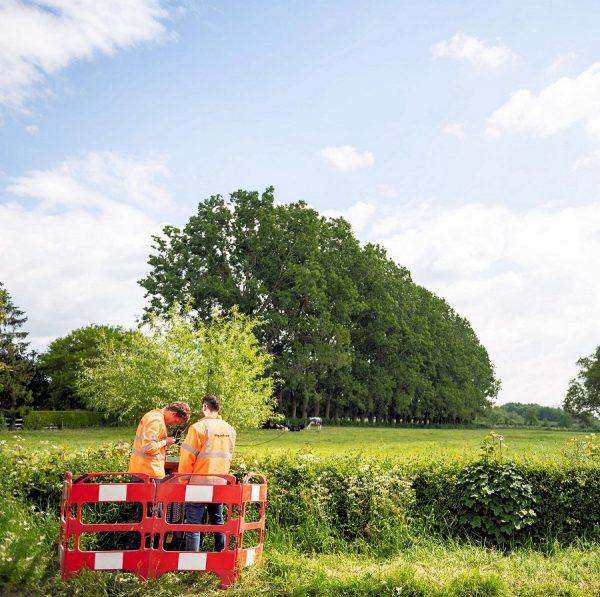
The UKTIN Expert Working Groups bring together academic and industry leaders and experts, governmental and regulatory specialists, and representative bodies to explore the opportunities, gaps and challenges in the UK telecoms ecosystem. Bringing to bear their collective expertise, the groups aim to identify where the UK can lead and how the UK ecosystem as a whole can benefit from various opportunities. As part of our Optical-themed month, UKTIN spoke to Nick Parsons, Chair of the Optical Communications & Photonics Expert Working Group to learn more.
What experience do you have working in optics and photonics?
I was introduced to fibre optics when I was studying Electronics at Southampton. I spent the first part of my career with GEC-Marconi developing integrated optical devices for communications and aerospace applications, becoming Technical Director for Sensors and Communication Systems in 1997. More recently, in 2002, I joined optical circuit switching start-up Polatis, where I took their disruptive high radix, low-loss technology to market and grew the product portfolio until its acquisition by HUBER+SUHNER in 2016.
Please tell us about the Optical and Photonics Expert Working Group.
We're focused on optical communications and photonics, which to some extent is a bit of a hidden technology in telecoms. Optical fibre now encircles the globe and is the backbone of the internet. Right now there are more than 6 billion kilometres of optical fibre installed around the world. That is not only connecting data centres with mobile users but also delivering broadband services into people's homes. The demand for bandwidth is growing and we need to find a way to satisfy this. It shows no sign of slowing down.
Photonics is the name given to the devices at the ends of optical fibres that convert electronic data into optical signals and transmit them across fibre links. That technology is critical and builds on the semiconductor industry, where we are leveraging the experience of that industry to be able to create these optical chips.
In the EWG, we are looking at what the overall status of the market is worldwide and what the emerging trends are, particularly coming out of academia. We want to identify the key strengths in the UK and potentially where the gaps exist. What should we do to boost the competitiveness of the UK ecosystem?
Please tell us more about HUBER + SUHNER’s work in this area.
HUBER+SUHNER is a global company based in Switzerland that supplies cables and connectivity solutions. Its work spans optical and RF connectivity systems in applications across access networks, datacentres and vehicles through to connecting fibre to the top of mobile 5G network antenna.
What excites you most about working in this space?
The level and pace of innovation in this area are driven to a large degree by the growth of the major data centre providers and the need to be able to connect compute infrastructure as directly and efficiently as possible to end-users. Inside the data centre, there is a massive increase in demand: for example, for AI applications, where there are significant opportunities to find innovative photonics solutions to problems of scaling bandwidth, minimising latency and enhancing energy efficiency. Optics and photonics are key areas that will allow us to grow our capabilities in data centre networking without having to massively increase the consumption of energy.
How significant is optical and photonics in the broader telecoms landscape and how is that changing?
Optical communications is the infrastructure that connects us all. We see the convergence of wireless and optical technologies in 6G networks deliver greater bandwidth to end-users. But also I think the new technologies emerging for secure communications need optical infrastructure: for example, to be able to provide the unbreakable quantum keys to underpin all of our financial transactions. Though it may be a few years off yet, the constraints of quantum computing mean you are going to need optical ways of connecting quantum clusters. A lot of funded research is emerging in this area, which is exciting.









